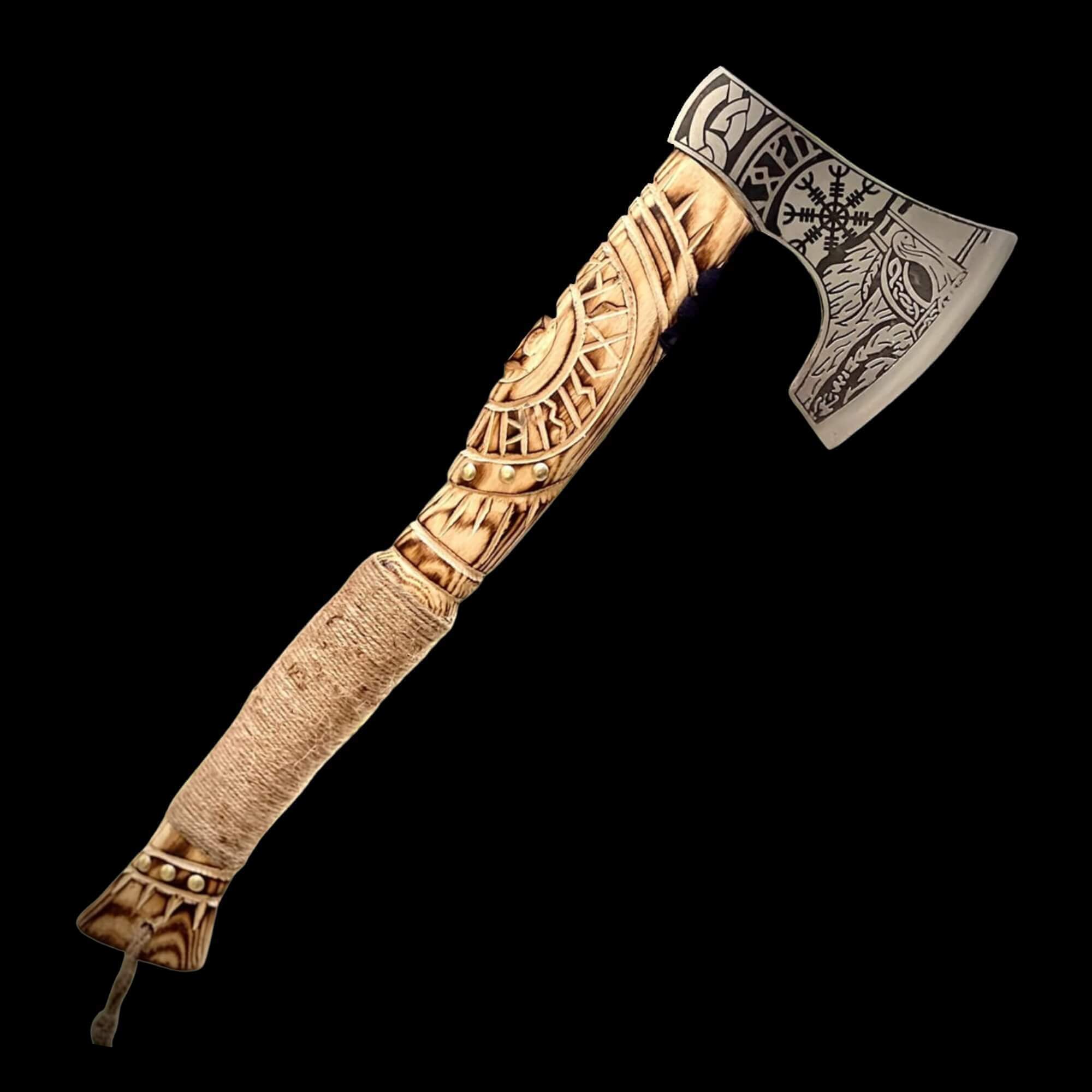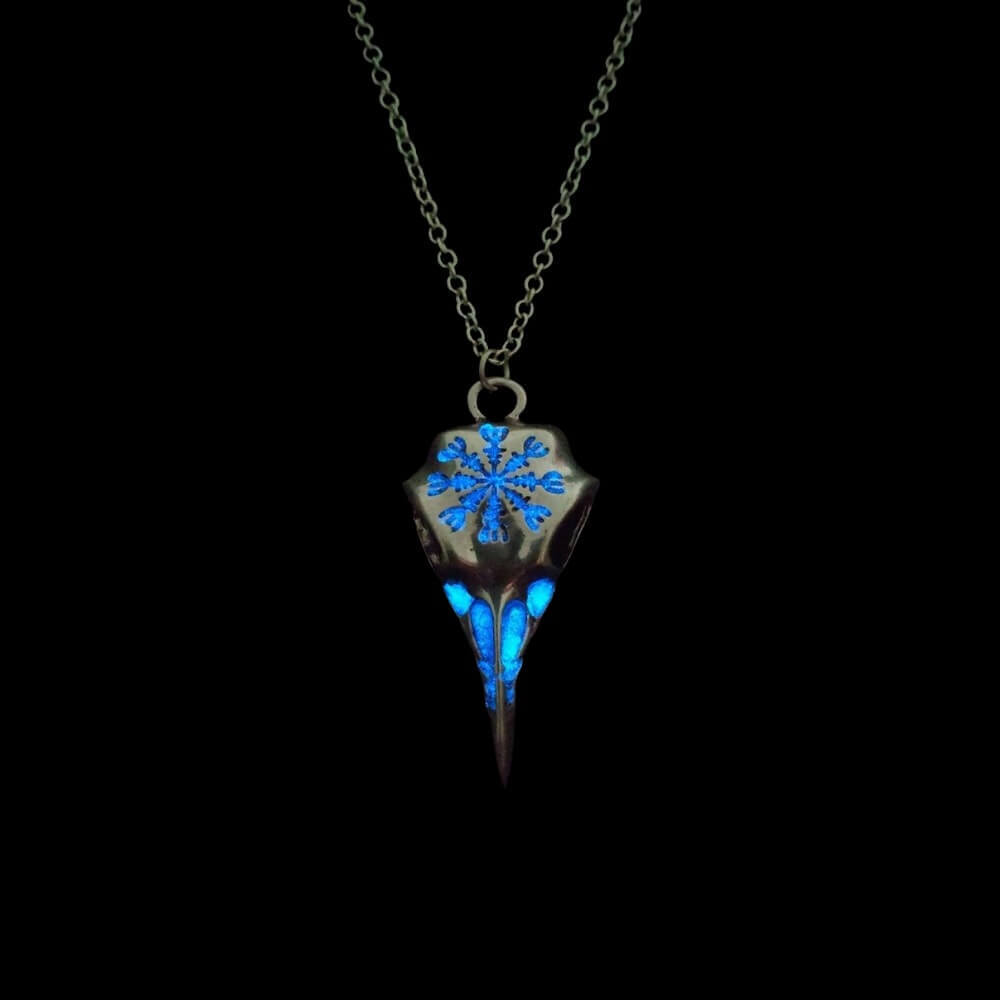
Loki – A Friend or Foe of the Gods?
When recounting tales of Norse legends, one name inevitably stands out—Loki . This intelligent, unpredictable figure occupies a unique place among the gods. Neither wholly friend nor entirely foe, Loki embodies contradictions that make him both fascinating and frustrating. His cunning mind, mischievous antics, and ability to adapt often blur the lines between helper and troublemaker. Let’s unravel the complexities of Loki’s character and explore whether he was truly an ally to the gods—or something far more dangerous.
Half God, Half Giant: Born of Two Worlds
Loki’s dual heritage reflects the tension between chaos and order central to these ancient stories. Born to Fárbauti , a giant (from the tribe of Jötnar), and Laufey , believed to be a goddess, Loki inherited traits from both sides. While giants traditionally represented chaos and destruction, the gods stood for structure and harmony.
Despite his giant lineage, Loki lived among the Aesir , the tribe of gods led by Odin. This unusual arrangement highlights the complex relationship between gods and giants—a dynamic marked by conflict, alliances, and even marriages. Loki’s presence among the Aesir underscores his liminal status: he is neither fully trusted nor completely rejected.
This duality defines Loki’s actions throughout his life, as he alternates between aiding the gods and sowing discord.
The Trickster God: Intelligence Meets Mischief
Known as the ultimate trickster, Loki wields his intelligence, charm, and wit to manipulate situations to his advantage. Often described as lovable yet infuriating, Loki thrives on mischief, leaving chaos in his wake.
One of Loki’s most remarkable abilities is shape-shifting , allowing him to transform into any creature—even changing his gender when needed. For instance:
- In one tale, Loki transformed into a fly to disrupt the work of dwarven craftsmen, preventing them from creating flawless gifts for the gods.
- Another famous story sees Loki becoming a mare to distract a stallion named Svadilfari . This escapade resulted in Loki giving birth to Sleipnir , an eight-legged horse that became Odin’s legendary steed.
These transformations showcase Loki’s versatility and unpredictability, traits that endear him to some while alienating others.
Father of Monsters: The Legacy of Angrboda
While Loki’s wife Sigyn remains loyal to him despite his misdeeds, it is his affair with the giantess Angrboda that cements his reputation as a harbinger of doom. Together, they produced three infamous offspring:
- Jörmungandr , the colossal serpent encircling Midgard.
- Fenrir , the monstrous wolf destined to kill Odin during Ragnarök.
- Hel , ruler of the underworld where those who die dishonorably reside.
Each child represents a force of chaos and plays a critical role in the events leading to the end of the world. Their existence further solidifies Loki’s association with destruction, casting doubt on his loyalty to the gods.
Friend or Foe? Acts of Aid and Betrayal
Throughout his life, Loki oscillated between helping and harming the gods. On numerous occasions, his cleverness saved the day:
- He retrieved Thor’s stolen hammer, Mjölnir, through deception.
- He assisted in resolving conflicts, such as securing Freyja’s necklace Brísingamen after it was lost.
However, Loki’s darker side eventually overshadowed his contributions. One fateful act sealed his fate as an enemy of the gods:
- During a gathering, Loki orchestrated the death of Baldr , the beloved god of light, by tricking the blind god Höðr into striking Baldr with a mistletoe dart—the only weapon capable of harming him.
The gods’ attempts to resurrect Baldr failed because Loki refused to shed tears, breaking the ritual required to bring Baldr back from the dead. This betrayal marked a turning point, transforming Loki from a tolerated nuisance into a despised adversary.
As punishment, the gods bound Loki to three rocks using the entrails of his son Narfi , placing a venomous serpent above him to drip poison onto his face. His devoted wife Sigyn stayed by his side, holding a bowl to catch the venom. When she emptied the bowl, the venom caused Loki immense pain, triggering earthquakes with his writhing.
Ragnarök: Loki’s Final Stand Against the Gods
Imprisoned and seething with resentment, Loki awaited the arrival of Ragnarök , the cataclysmic battle foretold to destroy the world. Upon breaking free, Loki joined forces with the giants, leading an army of the dead against the gods.
During this climactic confrontation:
- Loki fought Heimdallr , guardian of the Bifrost, and both perished in their duel.
- Fenrir fulfilled his destiny by killing Odin, though he was subsequently slain by Odin’s son Víðarr.
- Jörmungandr clashed with Thor, resulting in their mutual demise.
Though Loki’s rebellion brought about the downfall of the gods, it also paved the way for renewal, echoing the cyclical themes of destruction and rebirth.
Loki’s Dual Nature: Hero, Villain, or Something Else?
Loki defies easy categorization. His brilliance and resourcefulness often benefit the gods, yet his selfishness and impulsiveness lead to catastrophic consequences. Whether viewed as a catalyst for change or a harbinger of ruin, Loki embodies the delicate balance between creation and destruction.
His legacy serves as a reminder that actions have repercussions, and trust must be earned. Even those closest to us may harbor hidden motives, and alliances can shift in an instant.
Loki remains one of the most captivating figures in ancient lore, embodying the complexity of human nature itself. His blend of charm, cunning, and chaos ensures his enduring appeal, inspiring countless retellings in art, literature, and modern media.
Was Loki a friend or foe of the gods? Perhaps the answer lies not in absolutes but in understanding the intricate web of relationships, choices, and consequences that define his story. Like the trickster himself, Loki challenges us to question appearances, embrace ambiguity, and recognize the fine line between heroism and villainy.




